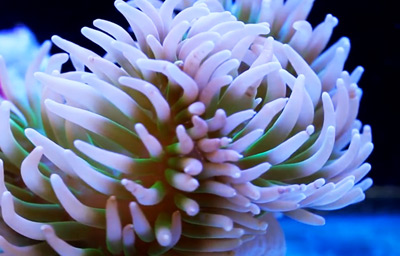What are trace elements exactly and what role do they play in our reef aquariums? To put it simply, trace elements are elements that appear in very small quantities in salt water. They are vital to all sorts of biological processes and due to the limited size of our aquariums can be depleted rapidly. Trace elements can be replenished through regular water changes or with chemical additives, but before you run out and start dosing trace elements, it is important to realize just how scarce they are in our reef systems.
To kick off this discussion, let’s take a look at the composition of salt water. Saltwater with a specific gravity of 1.025 is 96.5% water. “Sea salts” make up the remaining 3.5%. That 3.5% salt is made up of major elements and trace elements. The major elements are sodium, chloride, sulfate, magnesium, potassium, and calcium. Those major elements comprise the vast majority of “sea salts.”
If you were to remove those major elements from the mix, what is left is a whopping 0.7%. Those are our trace elements. In total, there are around 70 different trace elements and they all fit into that 0.7%.
Their proportions may make one believe that trace elements are insignificant, but that could not be further from the truth. These trace elements are vitally important to all sorts of biological processes that happen in our aquariums. In fact, too little or too much of any of them could cause serious problems.
Some trace elements, such as copper, are highly toxic when present in non-trace quantities. If you plan to add trace elements, make sure you are testing for them, especially considering the vanishingly small quantities they represent in our salt water.



